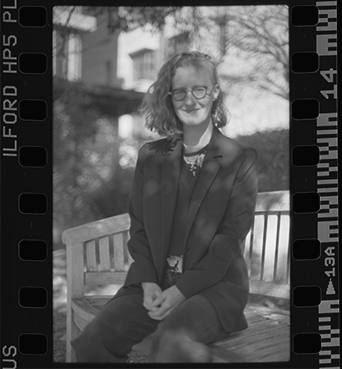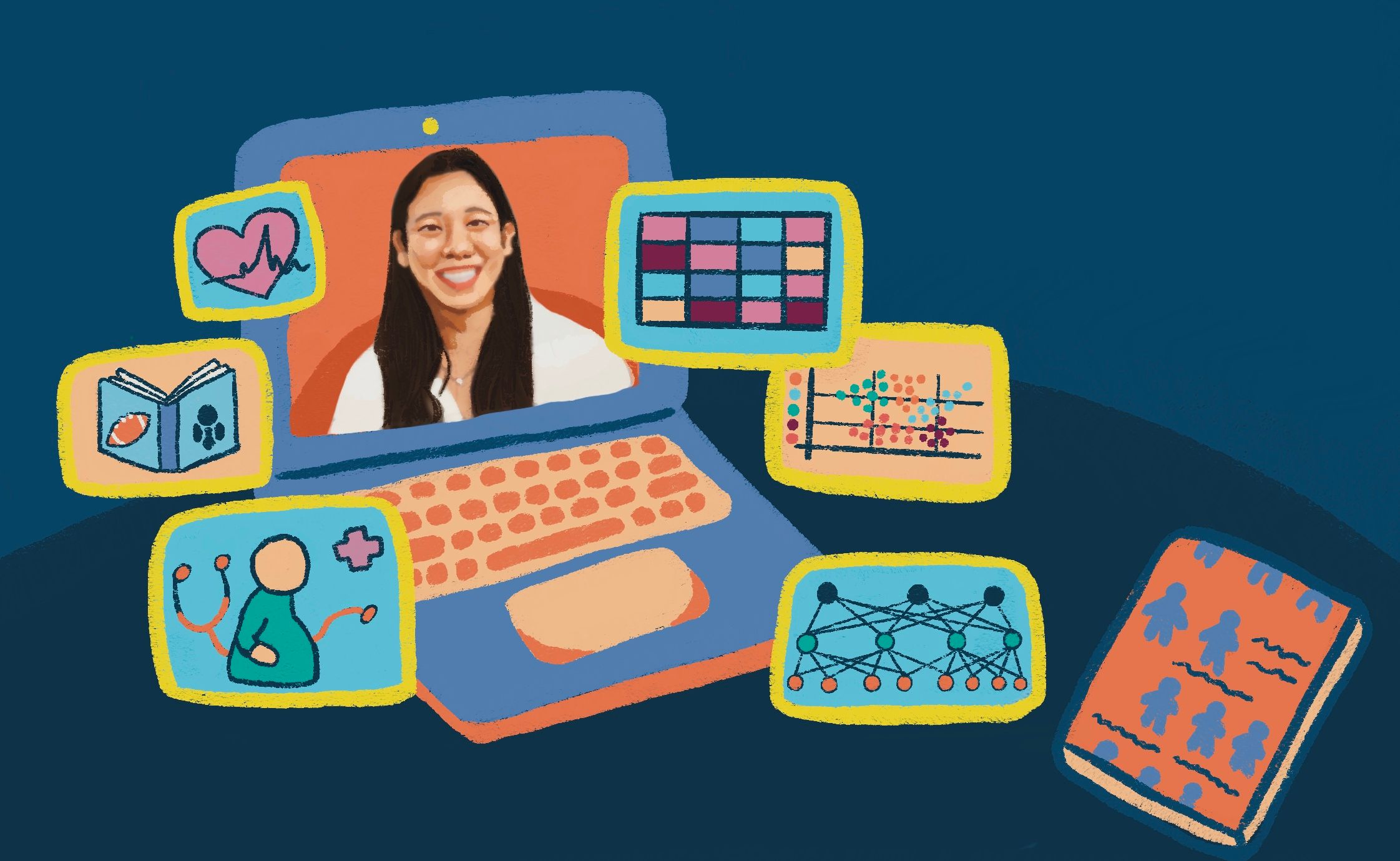
You click on a link for an article you want to read and hit a paywall. But the research is federally-funded and you’re a taxpayer—shouldn’t you be able to read it?
As science becomes both politicized and mistrusted, transparency in scientific research and publication becomes increasingly necessary. Traditionally, scientists have published in journals that cannot be accessed without a subscription, making access difficult for readers not affiliated with universities—even when the research was funded with federal grant money. One movement towards transparency in science is called open access. In this model, papers are published in freely available journals or are made available through shared servers.
At UC Berkeley, the UC Presidential Open Access Policy makes it mandatory for all federally-funded UC researchers to give free access to their research publications. However, many challenges remain in instituting this policy, not to mention the larger-scale barriers to widespread adoption of open access publishing in the sciences. For one, publishing in an open access journal is often more expensive than publishing in traditional journals. To this end, the University provides funds to the authors to cover article processing charges through the Berkeley Research Impact Initiative.
The open access movement began in the early 2000s with two goals in mind: to foster collaboration between scientists and to return research ownership from journal editors to scientists. The transition from fee-based readership to open access is being accelerated by large governmental entities, such as federal labs and public universities, in the United States and Europe, where open access became law in several countries. Today, many large-scale research initiatives, such as the Bill and Melinda Gates Foundation, require research conducted with initiative grant money to be made freely available to the public.
Scientists who wish to make their research available to the public generally have two options: publish directly in an open access journal, or deposit drafts into a shared server prior to peer review. Researchers are increasingly turning to the latter, called “pre-printing”—sharing the latest version of their manuscripts before they are accepted for publication (or even submitted to a journal).
“Astronomers and physicists have been sharing pre-prints since before the web existed,” says Alberto Pepe, founder of the authoring and pre-printing platform Authorea. “Pre-prints are an effective (and fully legal) way to make open access a reality in all scholarly fields.” Within hours, articles are available online, and scientists can interact with the author, leaving comments and feedback. Importantly, submission, storage, and access are all free. The pre-printing model ensures that an author’s work is visible and properly indexed by a number of tools, such as Google Scholar.
Michael Eisen, a professor in the Department of Molecular and Cell Biology at UC Berkeley, has been a proponent of open access since its early days (and co-founded the successful, entirely open access family of PLoS journals). In an email promoting bioRxiv, a pre-print server launched in 2013, he notes that “while pre-prints are not common in biomedicine, they are the norm in physics, math and computer science.” Furthermore, “most of these manuscripts eventually appear in traditional journals, following peer review, but pre-prints are the primary way that people in these fields communicate with each other.”
As more research becomes freely available, new metrics to evaluate a paper, called altmetrics, are also becoming more common. Rather than more traditional citation counts, altmetrics measure the presence of a paper on social media. While not a stamp of quality, it can serve as good complement to gauge the societal influence of a paper.
Finally, open access publishing can also facilitate the preservation of the data contained within articles. Rachael Samberg, the scholarly communication officer at UC Berkeley, points out that digitization has made papers essentially data, too. “Making research open access can facilitate its preservation because anyone with an interest in preserving it can do so,” Samberg says. “This is especially important for research which is potentially at risk of political manipulation.”
Science is largely funded by taxpayer money. Increasingly, research institutions are acknowledging that citizens should have the right to freely access knowledge generated from federal funds.
Antoine Wojdyla is a project scientist at Lawrence Berkeley National Laboratory, where he works on the upgrade of the Advanced Light Source synchrotron. He likes to eat croissants at Café Strada in the morning and to ride his bike in the Berkeley hills at sunset.
This article is part of the Spring 2017 issue.





